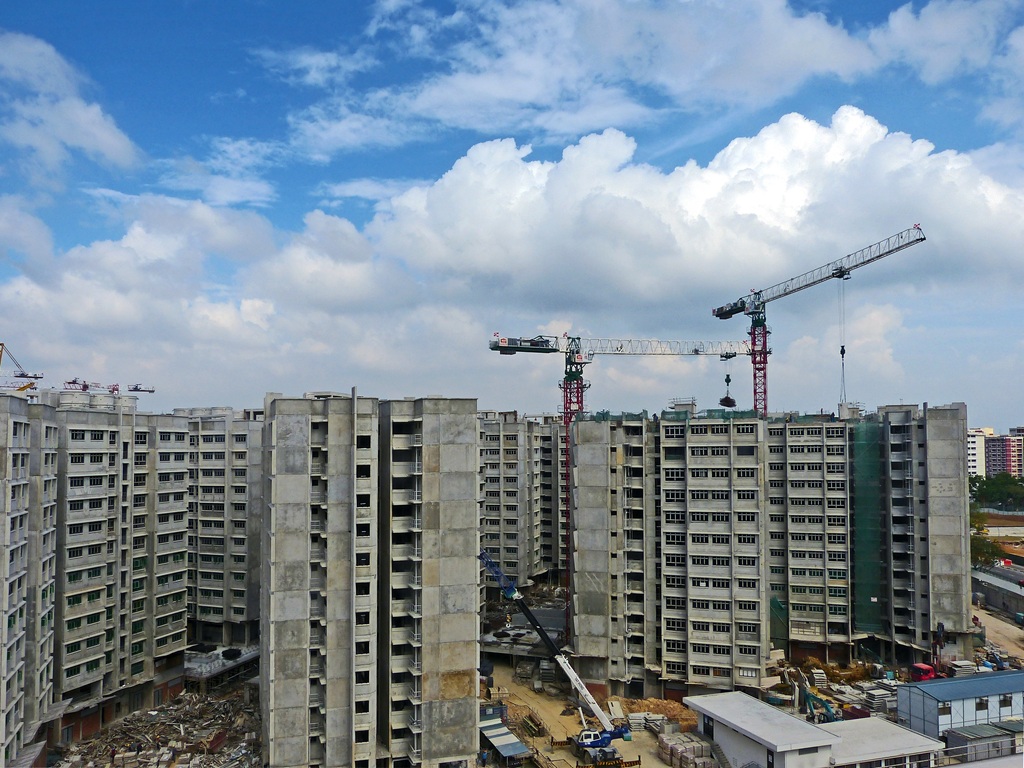Mega construction projects, characterized by their massive scale, complex engineering, and significant investment, are more than just impressive feats of architecture and engineering. They are powerful catalysts for economic growth, driving job creation, stimulating industries, and transforming entire regions.
1. Job Creation and Employment
Direct Employment: Mega projects generate thousands of jobs directly, employing a diverse workforce, including engineers, architects, construction workers, and support staff. This influx of employment opportunities benefits local communities and attracts skilled workers from other regions.
Indirect Employment: The economic impact extends beyond direct employment. Supporting industries, such as material suppliers, equipment manufacturers, transportation companies, and hospitality services, experience increased demand, leading to further job creation and economic activity.
2. Stimulating Industries and Businesses
Supply Chain Boost: Mega projects create a surge in demand for construction materials, equipment, and services, stimulating growth in related industries. Local suppliers and manufacturers benefit significantly, leading to business expansion and further job creation.
Increased Consumer Spending: The influx of workers and project-related activities generate increased consumer spending in local communities, benefiting businesses such as restaurants, retail stores, and entertainment venues.
3. Infrastructure Development and Improvement
Upgraded Infrastructure: Mega projects often involve improvements to existing infrastructure, such as roads, bridges, airports, and public transportation systems. These upgrades enhance connectivity, efficiency, and accessibility, benefiting both the project and the surrounding region.
Attracting Investment: Improved infrastructure makes the region more attractive to businesses and investors, leading to further economic development and growth.
4. Boosting Tourism and Hospitality
Landmark Attractions: Some mega projects, such as iconic skyscrapers, stadiums, and cultural centers, become tourist attractions, drawing visitors and boosting the local tourism and hospitality industries.
Increased Visitor Spending: Tourists spend money on accommodation, food, transportation, and entertainment, generating revenue for local businesses and contributing to the local economy.
5. Long-Term Economic Growth
Property Value Appreciation: Mega projects can increase property values in the surrounding area, benefiting homeowners and attracting further investment.
Enhanced Regional Competitiveness: Improved infrastructure and economic activity enhance the region’s competitiveness, attracting businesses, skilled workers, and investment, leading to long-term economic growth and prosperity.
6. Fiscal Impacts
Increased Tax Revenue: Mega projects generate increased tax revenue for local governments through property taxes, sales taxes, and income taxes. This revenue can be used to fund public services, infrastructure improvements, and other community development initiatives.
7. Challenges and Considerations
Cost Overruns: Mega projects are susceptible to cost overruns, which can strain public finances and potentially lead to project delays or cancellations.
Environmental Impact: Large-scale construction can have significant environmental impacts. It’s crucial to incorporate sustainable practices and mitigate environmental risks.
Social Impacts: Mega projects can lead to displacement of residents, gentrification, and social inequality if not managed carefully. It’s essential to address these potential social impacts through community engagement and equitable development strategies.
In conclusion, mega construction projects are powerful engines of economic growth, generating jobs, stimulating industries, improving infrastructure, and enhancing a region’s competitiveness. However, it’s crucial to manage these projects effectively, addressing potential challenges and ensuring that their economic benefits are shared equitably across the community.

